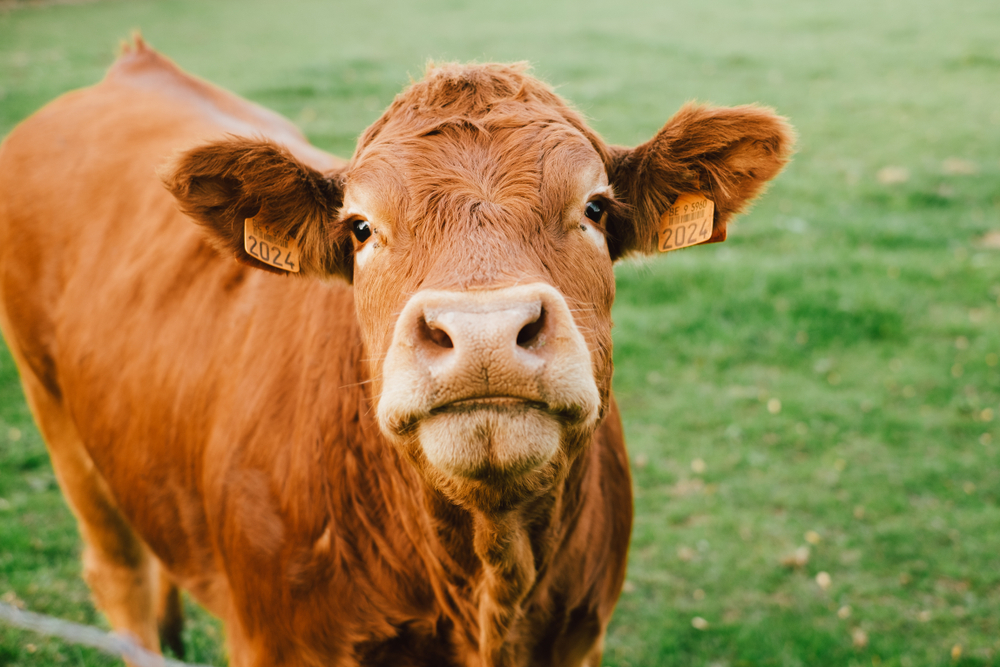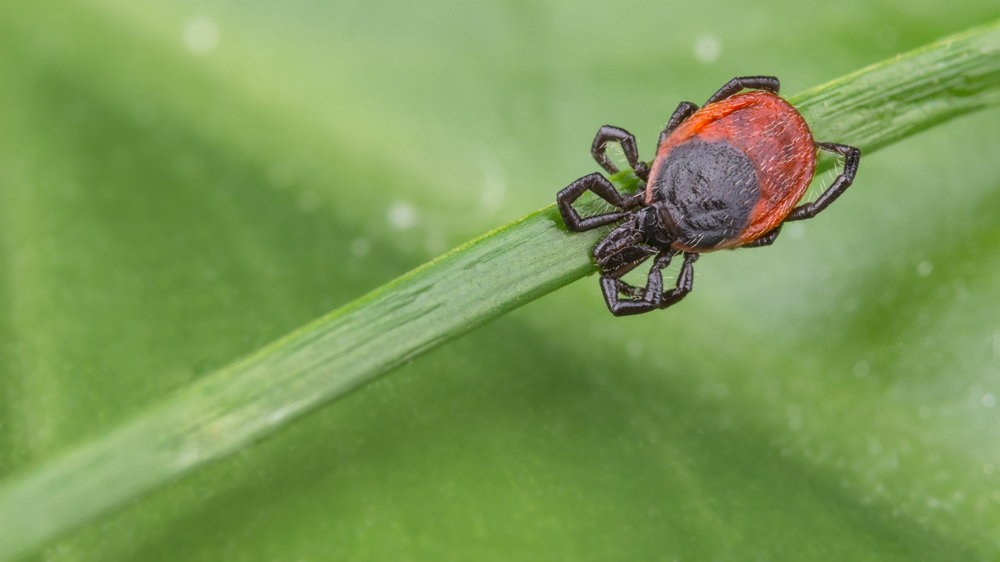Ticks are a big problem in our area, and can transmit diseases causing severe and chronic illness, possibly leading to death in livestock and pets. Tick prevention, and awareness of early disease signs, are essential tools to help keep your animals healthy. The Sale Creek Veterinary Services team encourages you to learn more about tick-borne diseases, such as ehrlichiosis, anaplasmosis, and Lyme, and how to implement tick prevention measures for your livestock and pets.
How does ehrlichiosis affect livestock and pets?
Members of the genus Ehrlichia are tick-borne bacteria that can cause persistent infection in their animal hosts. Ehrlichia destroys platelets responsible for blood clotting, which increases the risk of uncontrolled bleeding, anemia, and death. Ehrlichiosis occurs in three phases. The first phase occurs one to three weeks after a tick bite, and illness signs can include:
- Listlessness
- Decreased appetite
- Fever
- Bleeding disorders
- Swollen limbs
During the second phase, the Ehrlichia bacteria sequesters, and an infected animal may not show illness signs for up to a year. Unfortunately, ehrlichiosis re-emerges in the third phase as a chronic phase, which can be severe and life-threatening. Chronic ehrlichiosis treatment is considerably more difficult, and illness signs can include:
- Marked weight loss
- Enlarged lymph nodes
- Fever
- Recurrence of bleeding disorders
- Anemia
- Secondary bacterial infections
- Neurologic effects
- Eye inflammation
- Decreased blood proteins
- Progression to kidney disease
- Death
Ehrlichiosis is diagnosed through blood testing, plus a follow-up test to confirm the infection if the results are positive. Antibiotic treatment for ehrlichiosis is most effective when administered early in the acute phase. Severe ehrlichiosis cases may require blood or platelet transfusions. Animals who survive the chronic ehrlichiosis phase cannot be cured, and will require long-term medical management.
How does anaplasmosis affect livestock and pets?
Members of the genus Anaplasma are bacteria transmitted by ticks, but can also be spread from infected animals via fly bites or contaminated instruments. Anaplasmosis has acute and chronic phases, and illness signs can include:
- Lethargy
- Decreased appetite
- Weight loss
- Fever
- Cyclic bleeding disorders
- Anemia
- Painful joints and lameness
- Uncoordinated movements
- Jaundice
- Abortions
- Death
Anaplasmosis is diagnosed through blood testing, with a follow-up test to confirm the infection if the results are positive. Treatment for acute anaplasmosis includes antibiotics, but more aggressive treatment, including blood or platelet transfusions, may be needed for bleeding disorders. Animals who survive the initial disease stages become lifelong carriers, and pose a risk to naive animals who are mixed together.
How does Lyme disease affect livestock and pets?
Borrelia burgdorferi is a tick-borne bacteria that mostly affects dogs and horses, but occasionally affects ruminants. Some animals may be infected with B. burgdorferi through tick bites, and have no disease signs during their lifetime, whereas others can develop systemic illness. Lyme disease is quickly transmitted by ticks, but illness signs, which include the following, may take months to appear.
- Generalized pain
- Decreased activity level
- Fever
- Decreased appetite
- Lameness and joint swelling, occasionally shifting from one leg to another
- Progression to kidney disease
Lyme disease is diagnosed through blood testing. If the results are positive, a follow-up test can confirm whether active disease is causing the illness signs. Although active Lyme disease can be treated with antibiotics and pain medication, chronic infection can cause joint disease that requires long-term medical management.
How can tick-borne diseases be prevented in livestock and pets?

Tick prevention for livestock is a combination of environmental modification and on-animal control methods. Ticks are susceptible to drying out, and are not found in sunny areas with low cut grass. Moving fence lines away from woods, mowing vegetation in corridors, and eliminating brush and woody debris can reduce tick exposure. Chemical treatment of pastures is not recommended. Regularly check your animals for ticks to ensure your environmental modifications are effective. Wipe-ons, spray repellents, dusts, ear tags, and pour-on products can be helpful, but generally do not provide extended tick protection. Ensure all tick prevention products applied to livestock are labeled for their use.
For pets, a number of easily administered tick preventives are available. Our team can recommend the safest, most effective tick prevention products for your pet’s optimal protection. We encourage annual testing for tick-borne diseases, to ensure early detection and the best chance for a full recovery.
Early treatment is essential If your livestock or pets show tick-borne disease signs. Contact the Sale Creek Veterinary Services team if you have questions about tick-borne diseases, and for tick prevention recommendations to keep your animals safe.







Leave A Comment